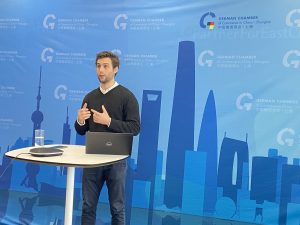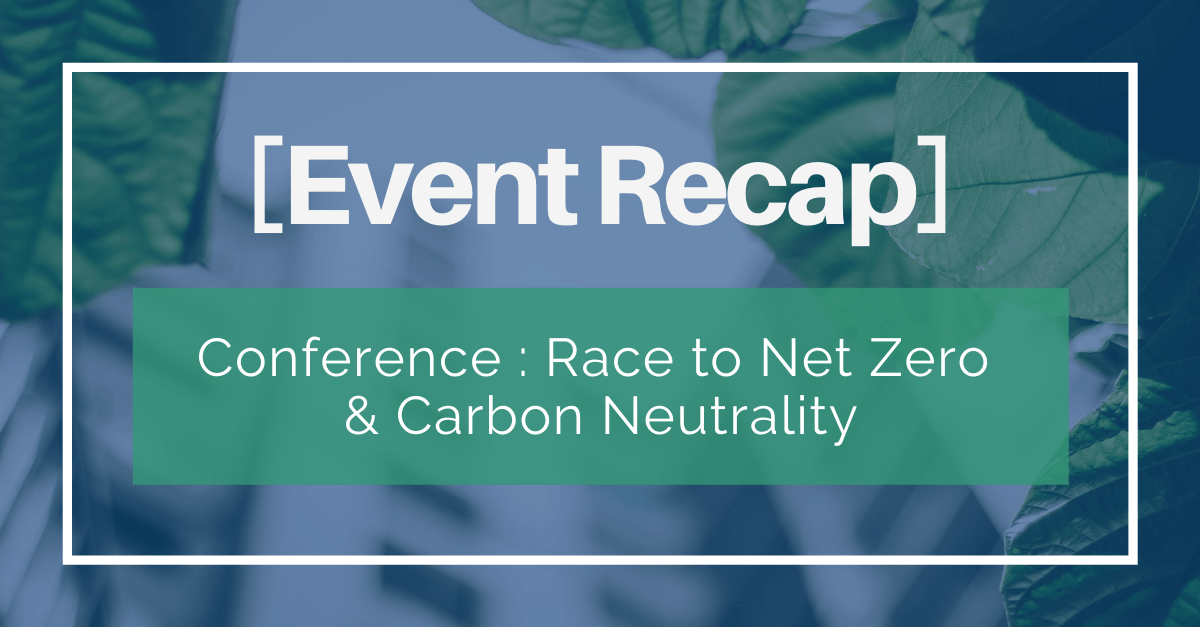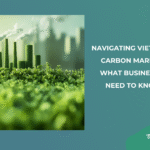Last Thursday 17th February, in Shanghai, was held “Race to Net Zero & Carbon Neutrality – Practical Steps for your Carbon Reduction Journey” by the German Chamber of Commerce of Shanghai, and TERAO Asia participated as a speaker. This webinar offered insights on the practical steps for companies to start their carbon reduction journey such as how to measure companies’ carbon footprint, which actions plans to implement and which platforms to use when announcing carbon initiatives. TERAO also shared insights on the implementation of Carbon Reduction strategies for new and existing buildings.
Carbon neutrality and how to minimize carbon emissions in buildings
Gaspard LEMOINES-SCELLES, Head of Business Development and Nathalie IEONG, Operations Director from TERAO Asia were invited as experts to do a deep dive into the topic of Carbon neutrality and how to minimize carbon emissions in buildings.
Nowadays, Net Zero & Carbon Neutrality is key. There is a great need for more people and companies to understand the concept of Carbon footprint. Only with a deeper understanding of the concept can we implement and achieve a low carbon strategy in action. Hence, through Gaspard and Nathalie’s presentations, they mainly concentrate on the following two points.
· The difference between net zero & carbon neutrality
Sometimes, people are confused between net zero and carbon neutrality. Nathalie made it easier to understand for everyone.
After she detailed the different Scope 1, 2, 3, she also mentioned the definition by Carbon Trust for Carbon Neutrality (Scope 1 & 2) or Net-Zero objectives (Scope 1, 2, 3).
She then detailed the Carbon Footprint Assessment Methodology: Perimeter definition, Data collection, Calculation and Reporting.
“Definition of the perimeter and data collection are key steps for the Carbon Footprint calculation, and should not be taken lightly”.

· Carbon Reduction strategies for new and existing buildings
Gaspard then focused on carbon footprint reduction strategies for buildings, especially existing buildings and new construction projects. He focused on LCA and Energy modeling tools. Why?
“By calculating the embodied carbon through LCA, we can reduce the carbon footprint of new construction projects, before it has even been built. Meanwhile, energy modeling will be useful both for greenfield projects to estimate the future energy usage and optimize it, as well as analyze the existing buildings energy consumption and give carbon reduction strategies, through energy efficiency or renewable energy strategies”

TERAO Asia help
As a global consulting and engineering company involved for 25 years in energy efficiency, low carbon and green building engineering, TERAO has always been responsible and committed to spreading professional knowledge. Through each event, TERAO is making an effort for sustainable development.
If you need any information about sustainable solutions in the industry and how to make your factory healthier and more sustainable, please do not hesitate to contact us at glemoinescelles@teraoasia.com. TERAO would be happy to help you optimize your asset through the different mentioned aspects.



![[Case Study]Boosting Productivity and Safety Through Optimized Factory Comfort](https://teraoasia.com/wp-content/uploads/2025/09/Cover-photo-150x150.png)
Leave A Comment